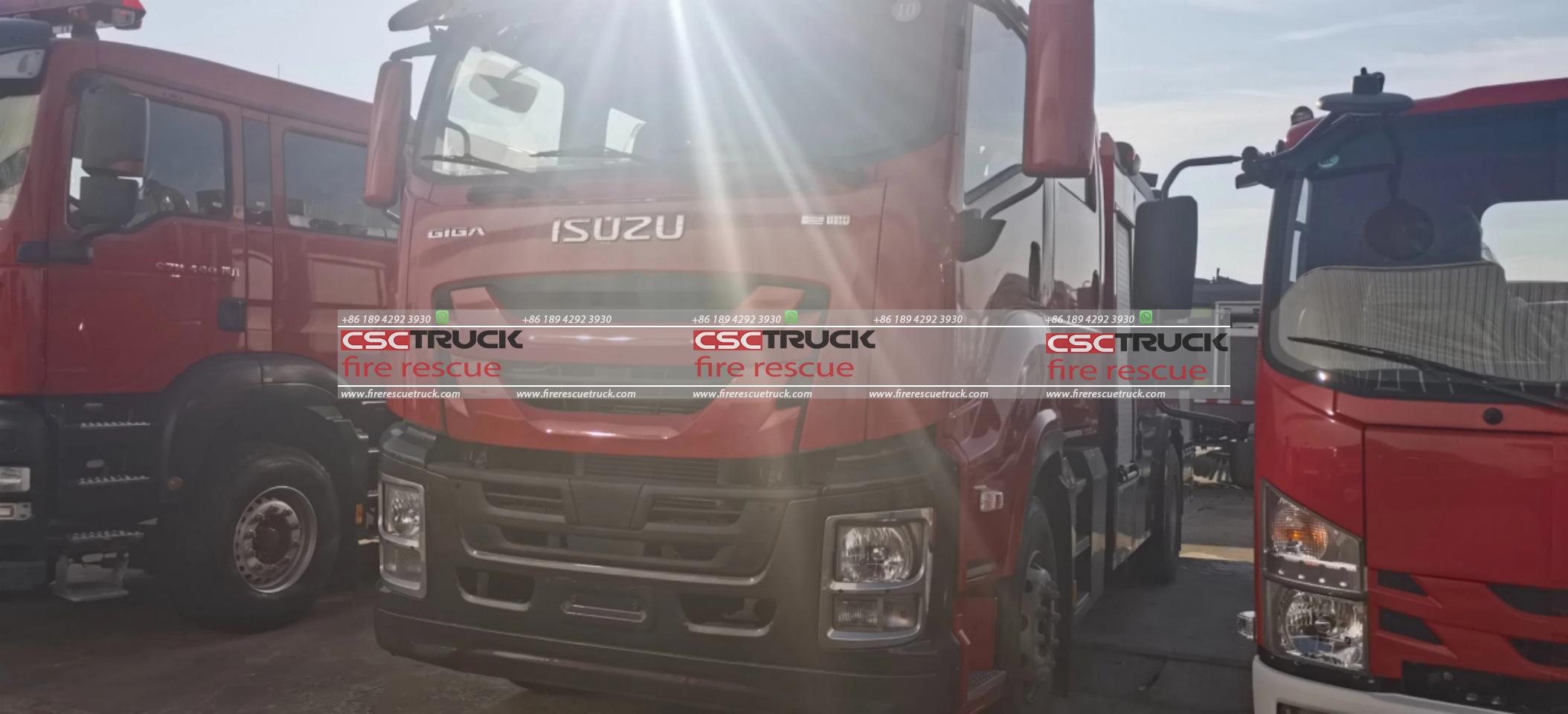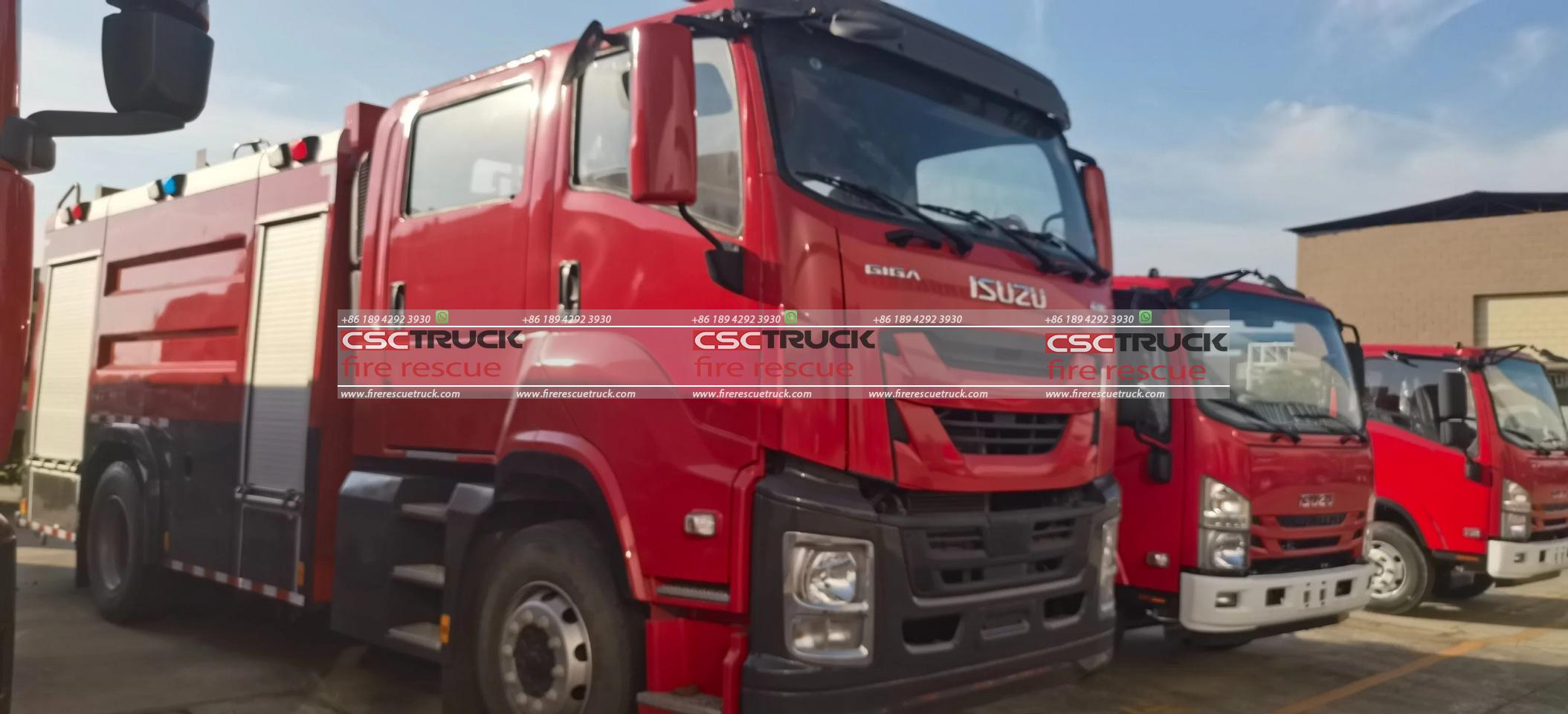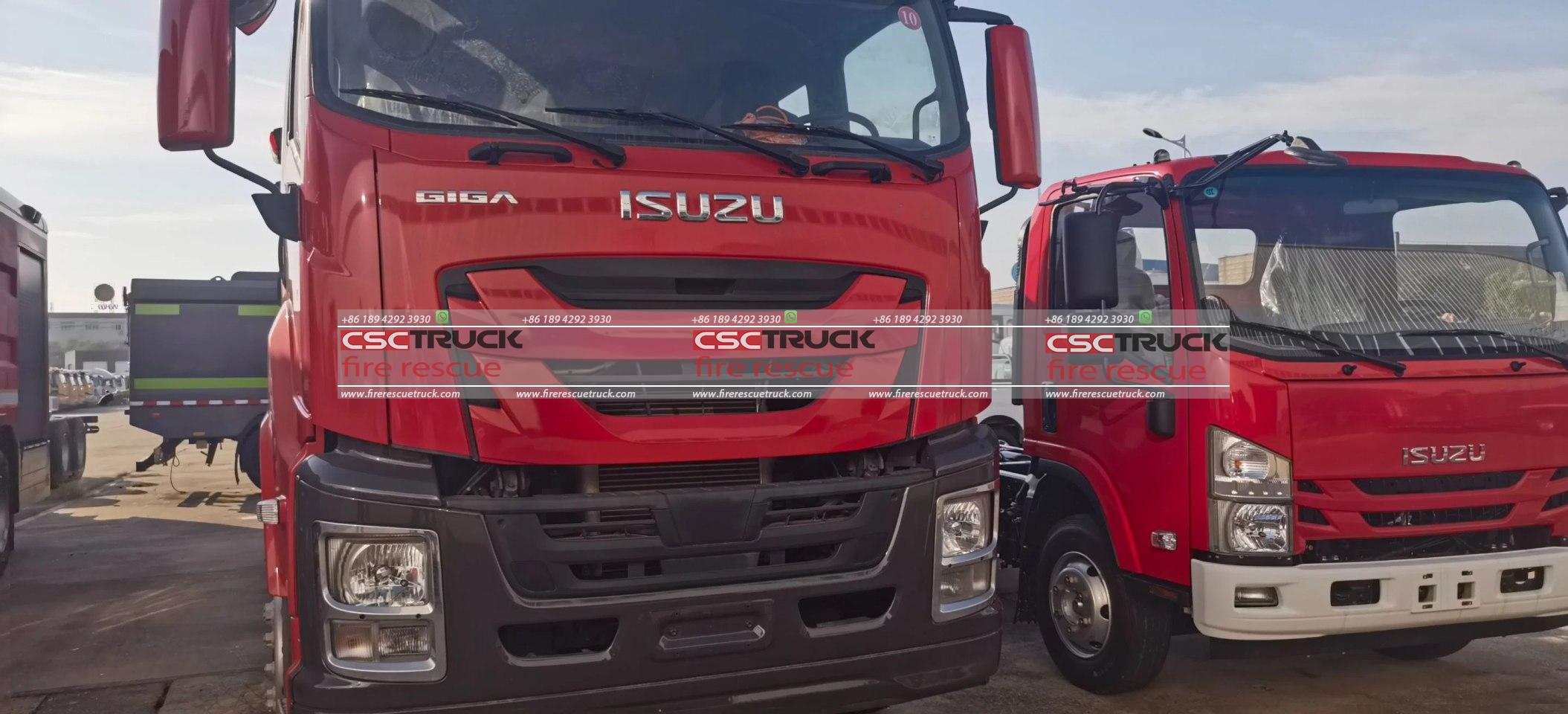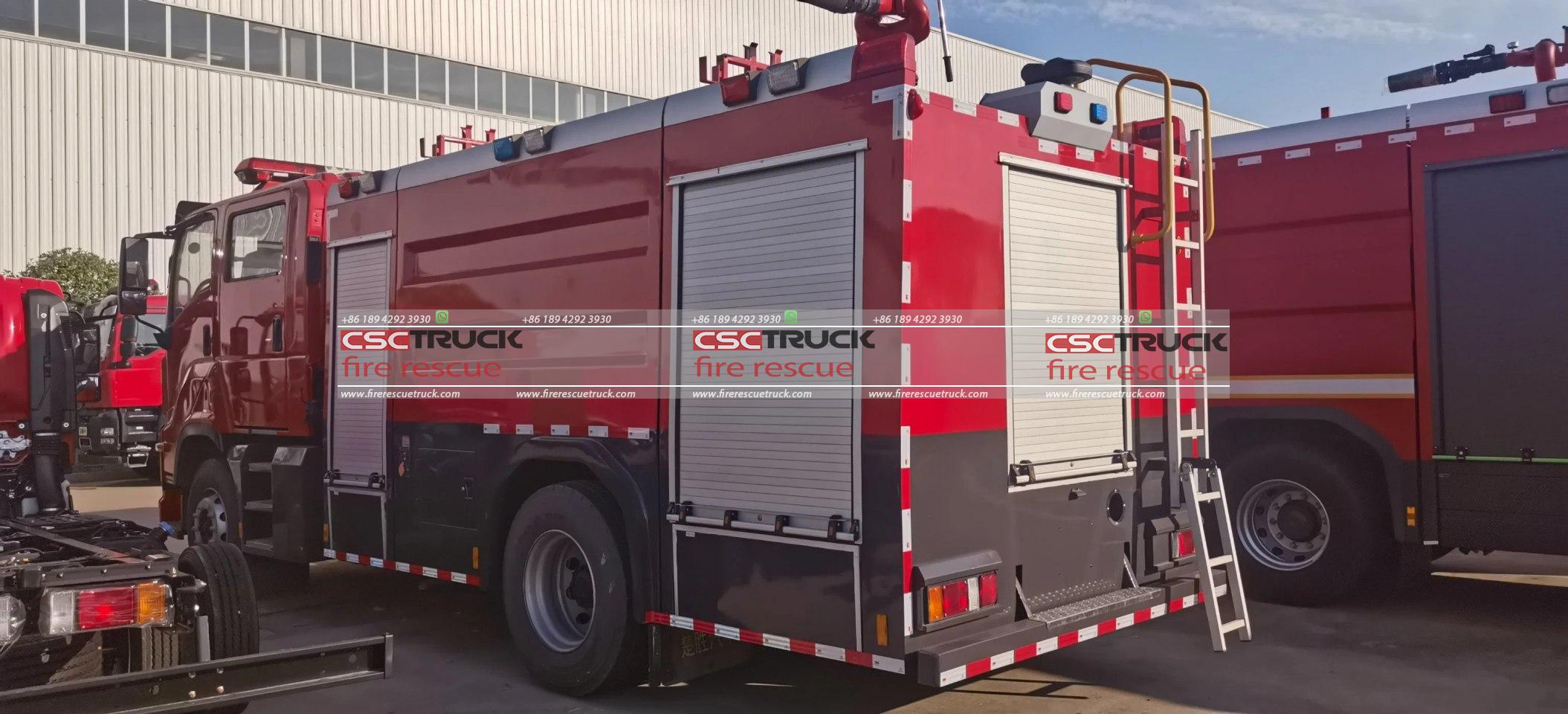What is a Fire Engine Truck Called?
When disaster strikes and flames engulf a building, one of the most crucial responders is the fire engine truck. Known by several names across the world, this specialized vehicle plays a pivotal role in firefighting and emergency response efforts. Understanding what a fire engine truck is called involves delving into its purpose, design, and varied terminology used globally.
Origins and Purpose
The concept of a fire engine truck dates back centuries, evolving from rudimentary hand-pumped devices to today’s sophisticated machines. Historically, these vehicles were known as fire engines, a term derived from their primary function of pumping water to extinguish fires. Over time, as technology advanced, the term “fire engine” has been used interchangeably with “fire truck” or “fire apparatus” in different regions.

Design and Components
Modern fire engine trucks are highly specialized vehicles designed to transport firefighters and equipment swiftly to the scene of a fire or emergency. They typically feature a robust chassis capable of carrying heavy loads, often customized to include compartments for firefighting tools, hoses, and medical supplies. The most distinctive feature of a fire engine truck is its onboard water pump and water tank, essential for extinguishing fires where a water supply may not be readily available.
Types of Fire Engine Trucks
The terminology used to describe fire engine trucks can vary depending on their specific role and design. Here are some common types:
1. Pumper Trucks: Also known as fire engines or pumpers, these trucks carry water and hoses for firefighting. They are equipped with powerful pumps that can draw water from hydrants or other water sources to supply hoses with pressurized water.
2. Aerial Trucks: Often referred to as ladder trucks or aerial ladder trucks, these vehicles feature extendable ladders or hydraulic platforms used for rescue operations and accessing the upper floors of buildings.
3. Rescue Trucks: These specialized units carry a wide array of rescue equipment, including tools for extricating trapped individuals from vehicles or collapsed structures.
4. Tanker Trucks: Also called tenders, these vehicles transport large quantities of water to remote areas or locations lacking hydrants.
5. Wildland Fire Trucks: Designed for fighting fires in rugged terrain and forests, these trucks are smaller and more maneuverable, equipped to navigate off-road conditions.

Global Variations in Terminology
The name given to fire engine trucks can vary significantly across countries and regions. In the United States, “fire truck” is a common umbrella term encompassing various specialized vehicles. In the United Kingdom and other Commonwealth countries, “fire engine” is more frequently used. In Europe, terminology may differ further, with countries like Germany referring to them as “Feuerwehrfahrzeuge” (fire service vehicles) or specific terms based on their function and design.
Innovations and Technology
Advancements in technology have transformed fire engine trucks into highly efficient and multifunctional vehicles. Modern trucks often incorporate GPS navigation systems, thermal imaging cameras, and advanced communication devices to enhance operational effectiveness and firefighter safety. Some models are now equipped with compressed air foam systems (CAFS) for more efficient fire suppression and reduced water usage.

Challenges and Adaptations
Despite their critical role, fire engine trucks face challenges such as increasing urbanization, which affects response times and access to emergencies. To adapt, manufacturers are developing compact, agile models suited for urban environments, equipped with telescoping ladders and improved maneuverability.
Training and Maintenance
Operating a fire engine truck requires specialized training due to its complex systems and varied functions. Firefighters undergo rigorous training to handle equipment, drive safely under emergency conditions, and coordinate operations effectively. Routine maintenance is also crucial to ensure vehicles remain operational and ready for immediate deployment.

Conclusion
In conclusion, the question of what a fire engine truck is called reveals a rich tapestry of terminology and functionality crucial to firefighting and emergency response worldwide. Whether known as a fire truck, fire engine, or by another name, these vehicles represent a blend of tradition and innovation in their mission to protect lives and property from the ravages of fire and other disasters. As technology continues to evolve, so too will the capabilities of these indispensable machines, ensuring they remain at the forefront of emergency response for generations to come.







